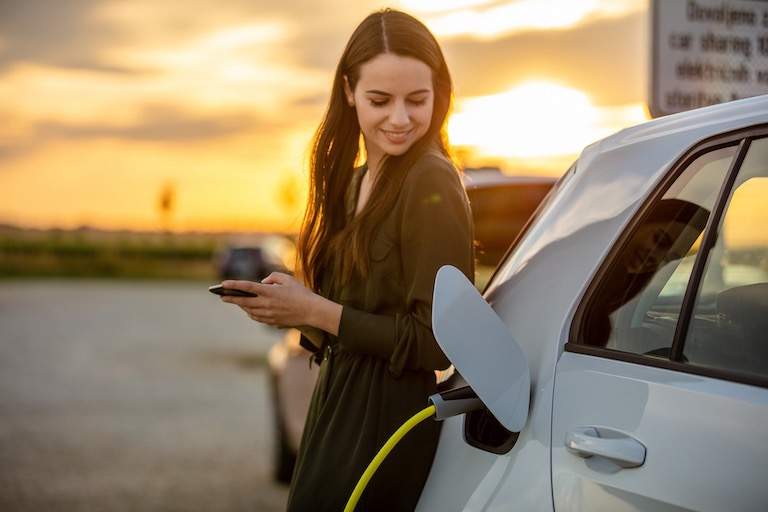
Be nice! EV public charging etiquette outlined
Why a little kindness can go a long way when plugged inWith an unparalleled number of plug-in electric vehicles hitting Australia’s road this summer, the Electric Vehicle Council has issued a timely guide to public charging etiquette.
The reality is, with more than 100,000 new battery electric and plug-in hybrid vehicles hitting Australian roads in 2024, the public charging infrastructure is going to be under extreme stress to cope in the holiday period.
The EV network is expanding but it’s still immature, especially away from the main population centres. So a little co-operation and forethought is going to help a lot.
The US experience is instructional. There have been fistfights reported between EV drivers over charging plugs and even a shooting in Denver that ended with two people dead!
We don’t want that sort of craziness here obviously. So here’s a few key points recommended by the EVC.

EV charging advice
• Leave home with a full charge and charge up at the place you're staying before you head home if you can. This will reduce the amount you need to use public fast chargers, and create more availability for others.
• Check with your accommodation provider about charging there and if they don’t have a policy around EV charging, offer to pay a bit more. The ability to charge where you’re staying is a huge convenience; it’s only fair that the driver offers to cover the small uptick in the accommodation provider’s electricity bill.
• Don’t overstay your charge. When you’re using public chargers, take what you need, then make space for the next driver, especially if there’s a queue. Topping up to 80% will take a lot less time than filling all the way to 100%, because as many EV owners will know, the charging rate slows down as the vehicle battery gets close to full.
• Be kind. There’s more than 100,000 new EVs on our roads this year, with some drivers set to use public fast chargers for the first time this summer holiday. If someone needs help understanding how it works, offer to lend a hand.
• Look after the charging equipment. Put the charging equipment back as you found it to avoid damage and for the next person’s ease. If the unit is damaged or impaired, report it immediately to the charging point operator.

The good news in all this according to the EVC’s head of legal, policy and advocacy, Amin Gaur, is the public EV charger network continues to expand.
“Over the past year, the number of public chargers and their locations has nearly doubled across the country, with more public and private investment in the pipeline to expand this further in the new year.
“Charging this summer is set to be smoother than ever, thanks to more public chargers in more places and a maturing EV charging sector that has overcome initial challenges. A couple of summers ago, EV drivers in need of charging faced a bumpy road, largely due to COVID-related supply chain disruptions that impacted the availability of spare parts.

“More EVs on our roads is a good thing, making summer holidays as cheap as possible and reducing pollution in our communities. For many, this will be their first holiday road trip behind the wheel of an EV, navigating the best ways to charge along the way.”
The Electric Vehicle Council is also asking EV drivers to help improve the public charging network further by completing a survey following their summer driving experiences. Interested drivers can sign up to complete the survey in early 2025.


Please see our Editorial Guidelines & Code of Ethics (including for more information about sponsored content and paid events). The information published on this website is of a general nature only and doesn’t consider your particular circumstances or needs.














